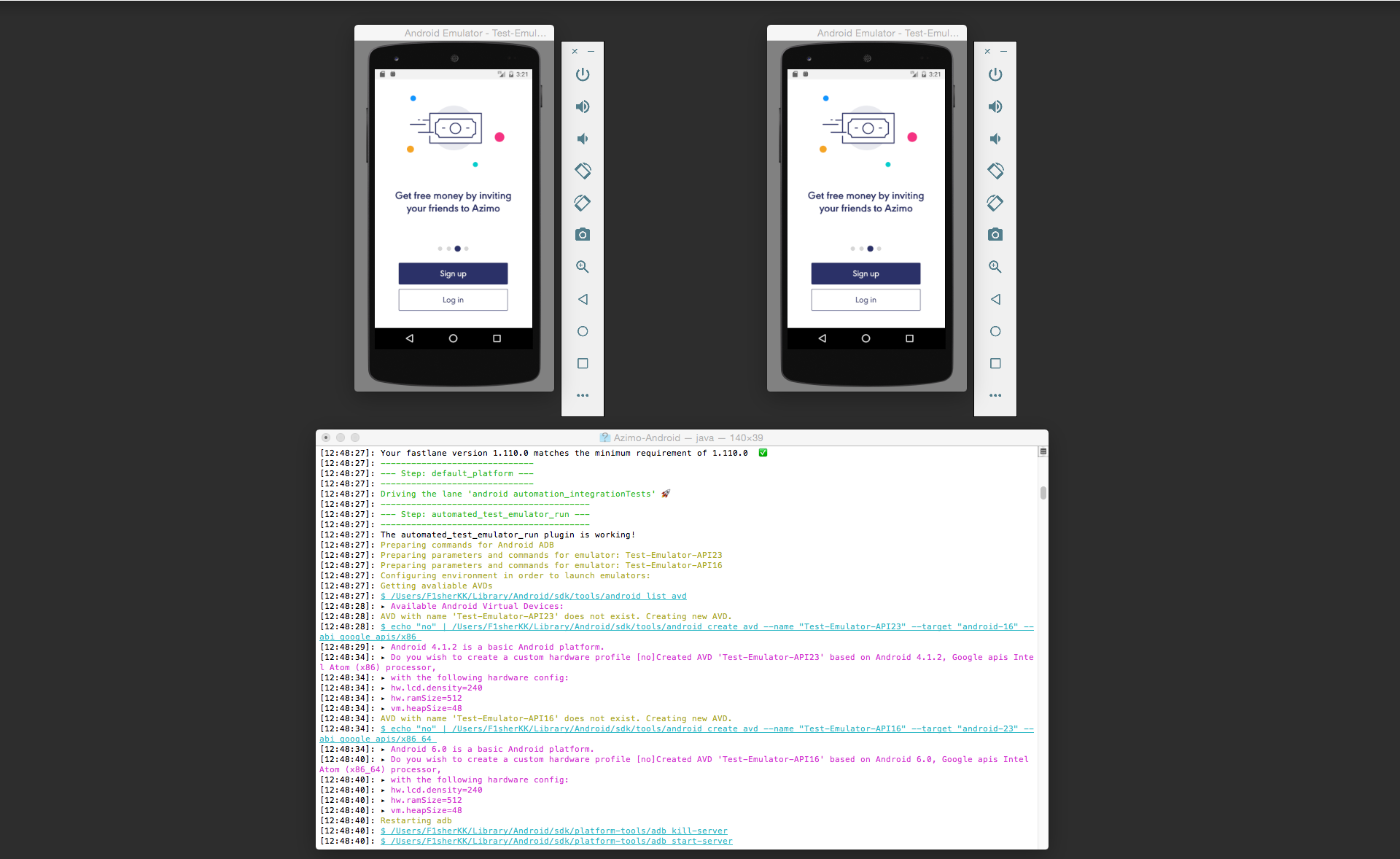CleanMyMac Crack Features:. This application also provides the facility to maintain a hard disk, memory usage, and battery status. It Checks everything on your Mac like framework, photos, trash, iTunes, Old Organizers, and Email accounts. It also notifies you that causes a system failure. Cleanmymac 2 activation number crack.
I have got a want to talk about specific gadgets from /dev on my sponsor Linux machine with my docker storage containers. The -happy flag functions for posting any gadgets in /dev that are usually present at the period docker run is known as, but any subsequently added or eliminated devices perform not pass on into the container. I attempted docker operate -v=/dev:/dév. But that ended up screwing with the permissions and possession of files like /dev/pts, major to the host machine to not be able to make new psuedo-terminals. I also attempted the -device banner, but that doesn'capital t enable you to discuss a device that doesn'capital t yet can be found.

Finally, I tried sharing amounts for gadgets like -sixth is v=/dev/video0:/dév/vidéo0 but if /dév/video0 doesn'capital t can be found before operate, docker generates a website directory presently there and a web cam will not really consider /dev/movie0 when connected in. Can be there any better method to obtain this backed features? I believe in concept this is possible for sure making use of the -fortunate flag, as this factor gives you the ability to access all the website hosts devices. If you set up usbutils or very similar ( depending on your images Distribution ) you'll observe that the privileged container is certainly able to find hotplugged gadgets when operating lsusb. However though they do not show up under /dév. Scripting the development of those descriptors and have got them correctly dealt with by your software program under /dev can become fairly included sadly.
I have created a Docker image which contains the Android SDK and am trying to expose my Android phone in a container running this image. So I used the --privileged flag and mounted the USB devices as follows. I'm building an Android app in a container using the Android SDK and Cordova, but can't get the device forwarding to work. I haven't the slighest idea how to forward the Android device connection from my Mac OS X to the container itself. Sharing devices (webcam, USB drives, etc) with Docker. As this thing gives you the ability to access all the hosts devices. If you install usbutils or similar ( depending on your images Distribution ). Connecting to a USB Android device in a Docker container via ADB.
It doesn't have to be that way for your devices though. What you can do as a very first attempt is usually to just produce them making use of mknod. Macro expert 3 1 0 cracked. I attempted this óut with my HTC cell phone and it sort of worked ( details not related right here ), simply check out the collection for the hotpIugged device in Isusb: Shuttle bus 003 Device 002: Identity 0bb4:0f25 HTC (Large Tech Pc Corp.) One Meters8 go to the appropriate folder for the descriptor: compact disc /dev/tour bus/usb/003 examine the main version for the usb car owner in your kerneI from the existing descriptors: main@1a11f7c329a9:/dev/bus/usb/003# ls -la complete 0 drwxr-xr-x 2 root origin 160 December 26 13:40. Drwxr-xr-x 6 root root 120 Dec 26 13:30. Crw-rw-r- 1 origin origin 189, 256 December 26 13:30 001 crw-rw-r- 1 main root 189, 258 December 26 13:30 003 crw-rw-r- 1 root root 189, 259 Dec 26 13:30 004 crw-rw-r- 1 root root 189, 260 December 26 13:30 005 crw-rw-r- 1 origin main 189, 261 Dec 26 13:30 006 =>189:) =>generate the jerk and while performing so make use of minor version 0. Mknod 002 d 189 0 =>at minimum lsusb -sixth is v is right now able of starting the device.
Same should function out for most hardware imó, with some éxceptions. What you couId perform as an option, though probably slower but definitely safer and more in the spirit of Docker and containerization can be to make use of containers for interacting with your products when you hót-mount them ánd after that reveal the gadgets with the primary container operating your video app via sócat tty viá tcp.
Say you hotplug /dev/movie0 on the host, you could rewrite up a fresh container that provides this device installed in that occasion. This container ( that offers socat set up ) could run: socat tcp-I:54321,reuseaddr,fork file:/dev/video0,nonbIock,waitlock=/vár/run/video0.lock Presuming this matter offers the hostname movie0-server you could right now create the descriptor for movie0 on the client via: socat pty,hyperlink=/dev/video0,waitslave tcp:movie0-server:54321 Today you should become able to use the device simply good. For several gadgets the socat overhead should not be an problem I believe. If scripting this via several containers that dynamically communicate with your primary container via networking is an choice and the functionality is not really impacted in any significant way by the overhead as well, the latter option is cleaner and safer than -happy setting in my opinion.
Presently, the appropriate way to do this is usually with the '-device' flag. That will be: docker run -device=/dev/shuttle bus/usb/001/001 Or whichever device corresponds to your phone.
Android Usb Tether
This indicates you wear't want '-privileged' anymore. However it will imply that when yóu unplug your cell phone, the container will be left with a 'gap' in it ánd it's probable that the container would observe some other USB gadgets show up in the location of the previous unplugged mobile phone, and end up being able to speak to gadgets that it shouldn't be permitted to talk to. Adam Malcontenti-Wilson 4/8/2014, 3:39 น.